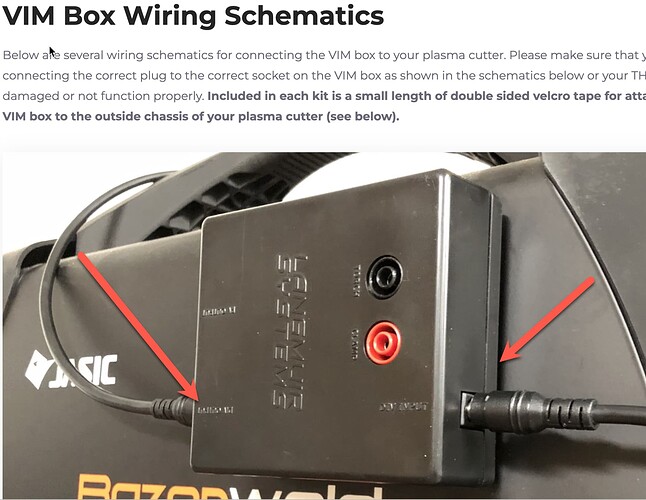WHAT IS ‘ELECTRICAL NOISE’?
Electrical noise is a general term used by the professional and layperson alike to describe an event that disruptions the operation of electronic equipment. The correct term for it, though, is common-mode voltage. Common-mode voltage is an unwanted signal that occurs between circuit conductors and ground that can mimic intended signals between devices, often at the wrong intervals. Specifically, the common-mode voltage between neutral and ground is of the utmost concern for power supply designers. This is because there is a lack of filtering between these two points within the equipment’s power supply. As a result, a disturbance that is generated on the ac side of the power supply (i.e., the ac grounding system) is common to the dc side (known as chassis ground), hence the term common-mode.
SOURCES OF COMMON-MODE VOLTAGE
Nearly all equipment, with the exception of incandescent lighting, is a source of common-mode voltage. Any device that contain motors will direct-couple common-mode currents to the equipment grounding conductor. These include vending machines, copiers, laser printers, refrigeration units, UPS’s, etc.
Studies have also shown that loose connections on the equipment grounding or neutral conductors that are subject to mechanical vibration may also cause mid-level electrical noise or could compound the problem where there is an existing common-mode voltage. Other sources can induce a voltage on the grounding circuit via electromagnetic interference (EMI) or radio frequency interference (RFI). Radio/TV antennas, motion detectors, two-way radios, cellular phones, pagers, and fluorescent lighting bring about these types of disturbances.
Regardless of the source of the disturbance, it is accepted by the (IEEE) Standard 1100 (Emerald Book) that any voltage greater than 1 volt between neutral and ground at the input to electronic equipment will likely cause equipment malfunction.
I love the guys at Langmuir and I think they do a hell of a job trying to help solve these issues. When it comes to electrical issues, there are just too many variables involved for there to be an all inclusive solution. They don’t have the resources to assign an electrical engineer to each case. So they are going to send parts and suggest solutions until something sticks. I’m not an electrical engineer, I am a former licensed petroleum engineer. I have had conversations with engineering friends including an electrical engineer.
Lastly, my brother bought an arclight table. A dedicated equipment ground was required for installation.
